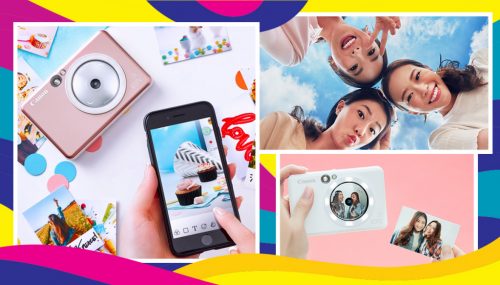
Source: rawpixel.com
These tips for self-therapy using photography comes from no less than licensed art therapists that we have talked with. Most of these professionals refer to their experiences with their clients, but we are also hoping that these recollections will serve as inspiration. Many activities can be applied for individuals utilizing guided imagery strategies to help themselves enhance their mental and emotional well-being. Of course, not all strategies will work for everybody, so you are encouraged to try those you are comfortable with.
While you can check out these tips to discover new things in your life, it is vital to remember that there is always a possibility that applying the strategies might elicit unexpectedly tough memories or emotions within you, such as anger, frustration, sadness, etc. If you realize this happening, you could choose to scrutinize this further by visiting a professional therapist.
Learn To Do Meditation
This entails encouraging the clients to try mindfully and deliberately connecting within while studying everyday things and circumstances. Observing your own emotional responses is a crucial factor of transformation, as one cannot change what he is not conscious of. It is also a way of helping an individual slow down, mindfully observe, and connect to his internal world.
After taking some photos, it would be beneficial to engage in a brief writing exercise regarding the photos brought. Art therapists typically ask their patients to utilize non-judgmental words while seeing the photos, like, “I’m noticing that these shades are opening up emotions of happiness and calm right now.” They may also say how they feel when they were taking those pictures.
Experiment On Collage
Collage is a method that experts we spoke with mentioned often. They said that cutting figures from a picture and placing them into a fresh context encourages a discussion about ways to improve their lives. They add that we are really not as trapped as we may think sometimes. Recontextualization can be done.

Source: snapshot.canon-asia.com
The initial project that these experts talked about was making a series of collages from photos that displayed and honored their significant others. Actual pictures of family members and also photocopies were utilized to make beautiful collages. Phrases that portrayed each member of the family, colored paper, and clip art were integrated with the images for every college page.
Investigate
For seasoned photographers, a challenge regarding therapeutic photography strategies is letting go of expectations. Another means to do that is by investigating and exploring new things such as displaying family photos at home. Don’t focus too much on doing it the right way. Rather, focus on what makes you feel curious or what interests you most.
You don’t really have to own an expensive DSLR. You can use a toy camera or your smartphone. Barter your regular gadget for something else, or take pictures of a brand-new thing or place.
Try Recording Events From Your Life
To be clear, you can attempt to do this activity by yourself, but if you were not doing it with the supervision of an art therapist, it wouldn’t be described as art therapy. Literally, art therapy occurs when a patient or client works with an art therapist – someone who is trained in the mental health field.
However, it doesn’t imply that reflective activities like art-making by yourself are not beneficial. It is crucial that if an individual who is not a therapist utilizes therapeutic strategies, they use them only personally without another individual. It is still better to undergo online therapy if you want to be guided by a professional.
Envision Your Feelings
One mental health professional that was interviewed recalled having his patients record their feelings and study them figuratively. He says that another patient of his also used photography therapy as self-therapy to record her emotional process and other feelings. This particular patient would break some dishes and then take pictures of the shards – where they fell and sometimes arranged intentionally. The photographs that the patient took had a significant definition as it had helped with the feelings that she was having a hard time managing.
Seeking A Professional

Source: rawpixel.com
Ultimately, photography as a form of self-therapy is effective, although seeking the help of a therapist can help individuals reflect in various ways than they could on by themselves. Anybody who attempts these activities on their own and perhaps does not find much should not set aside the idea. The process of photograph therapy will be smoother, more organized, and more powerful with the supervision of mental health professionals.
Individuals can utilize therapeutic photography strategies on their own or in groups. Still, a licensed therapist can make a safe space for unraveling these strategies more completely and at the same time evading possible triggers. Naturally, if at some point you realize that mental health problems are interfering or impacting your life, the initial step must be to contact a mental health provider for help.
Photography as a therapeutic tool can be subtle, and occasionally, what is uncovered is unnerving. This is a great reason why it can encourage individuals to do therapeutic work with a qualified professional.
